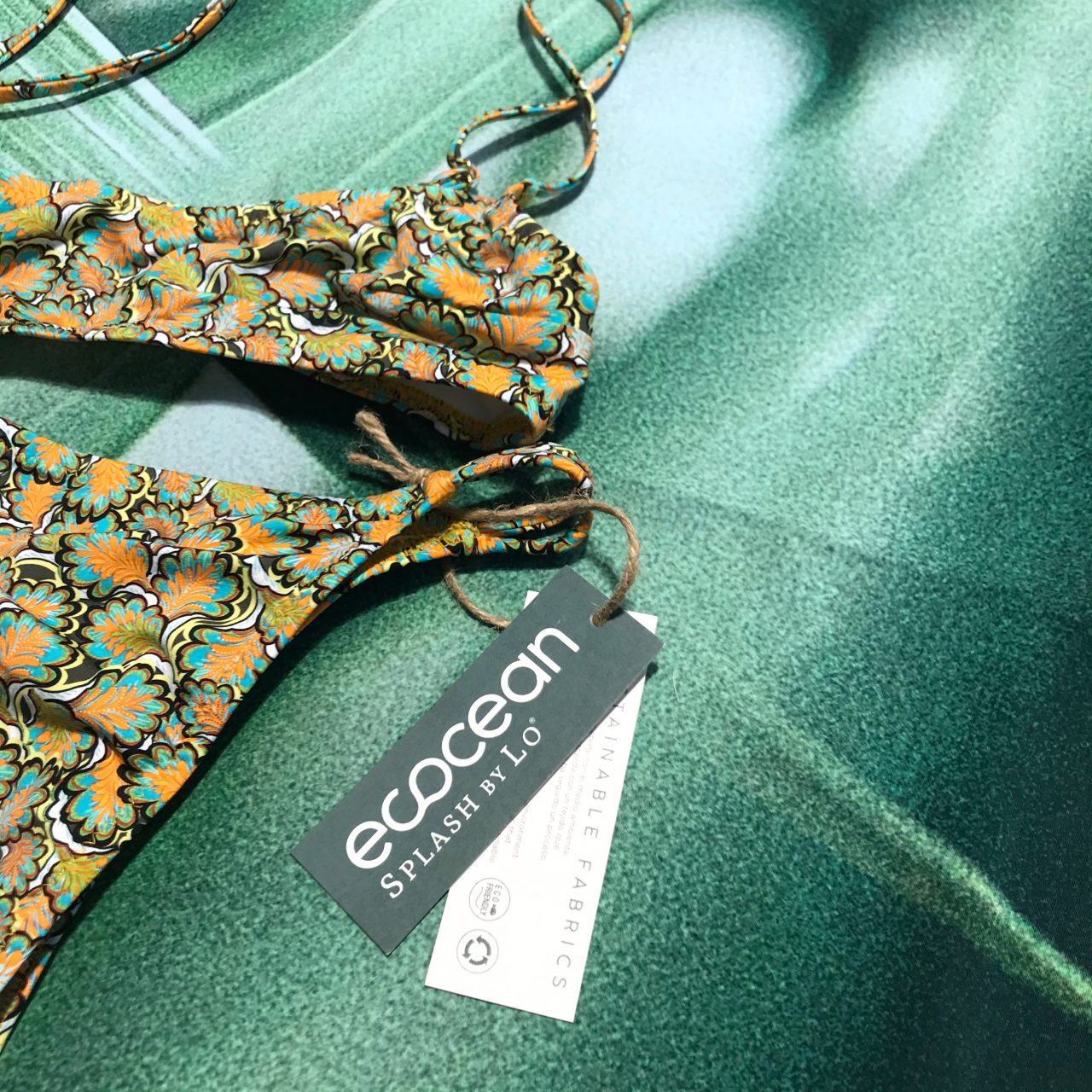Article 1: The bikini boom (the early years: 40s and 50s)
The Splash by Lo team launches a series of articles on the history of the swimsuit with a piece on the bikini. Very few items of clothing have been as revolutionary, or as daring as this one.
Designed by Louis Réard in 1946, the bikini was named after the nuclear tests that had just taken place on the islands of the Bikini Atoll, as they believed it would be just as shocking as those events, and they were right. Louis Réard’s bikini evolved from the functional one-piece made of nylon to a dynamic and daring two-piece. It took a while for the bikini to become fashionable, but it did, and it was worn by everyone from Rita Hayworth to Annette Funicello.
Thanks to the bikini, elastic materials were created, from nylon to latex, which proved to be even more durable and lighter in the water. The climax of this new wave in swimsuits peaked in 1951 when parading in bikinis was banned at beauty contests, after Sweden’s Kiki Hakansson won the first Miss World and was crowned in a bikini. Following Pope Pius XII’s lead in the face of such boldness, some Catholic countries such as Spain, Italy, Belgium and Portugal also banned women from wearing it.
Hollywood actresses always wore them with a navel-covering design as the fashion magazines and the discretion standards of the time dictated. However, the amazing Brigitte Bardot was one of the first to pose in Louis Réard’s bikini (six years after it was invented) and show her navel on French shores and in the cinema. And there you have The Girl in the Bikini (1952). Her courageousness gradually inspired more and more unknown women.
And yet, the 20th century was not the first time someone wore a two-piece swimming costume. This had happened long before, in Sicily in the 4th century BC, and the proof is in a mosaic on the Italian island. But we’ll talk about that in another instalment.

